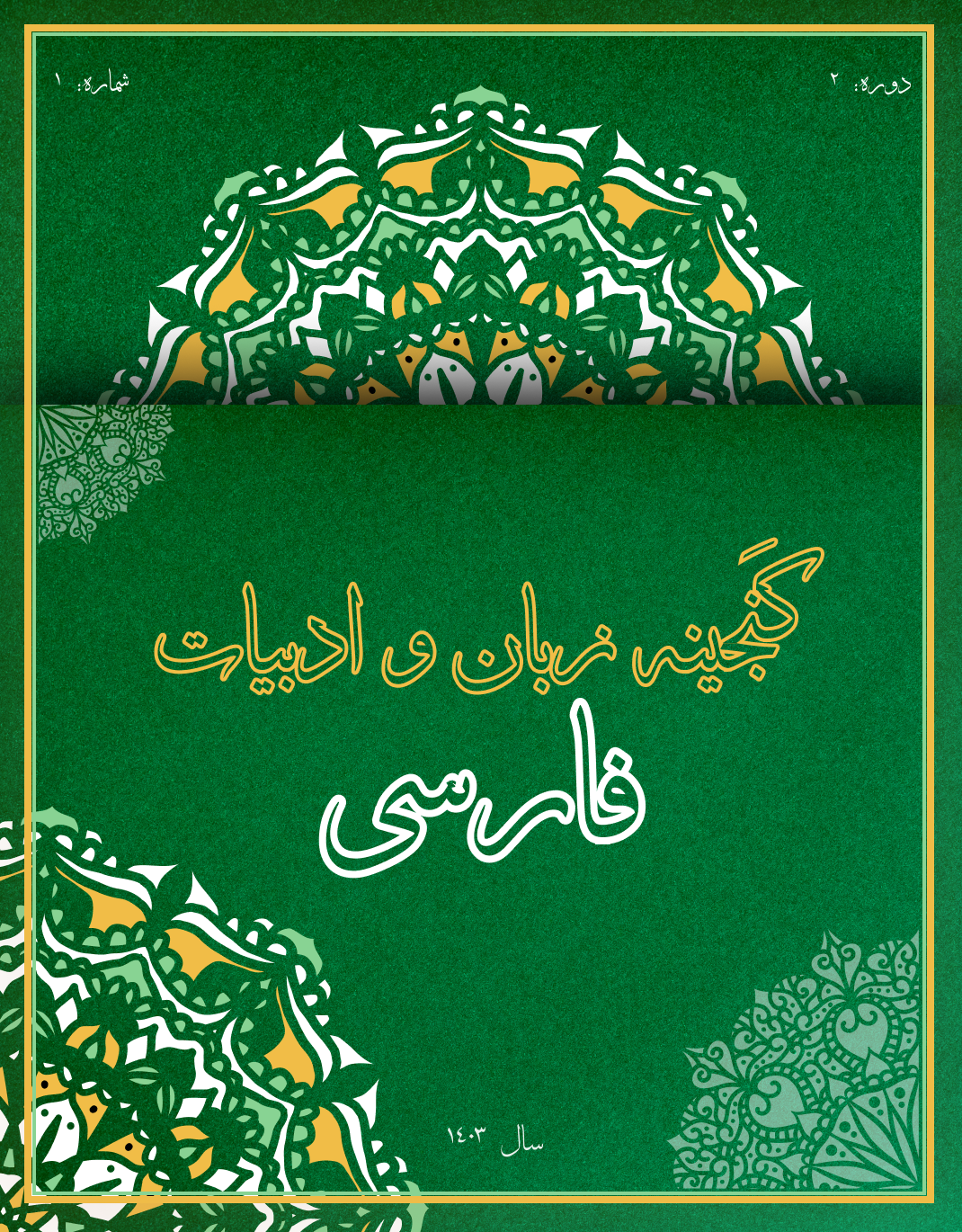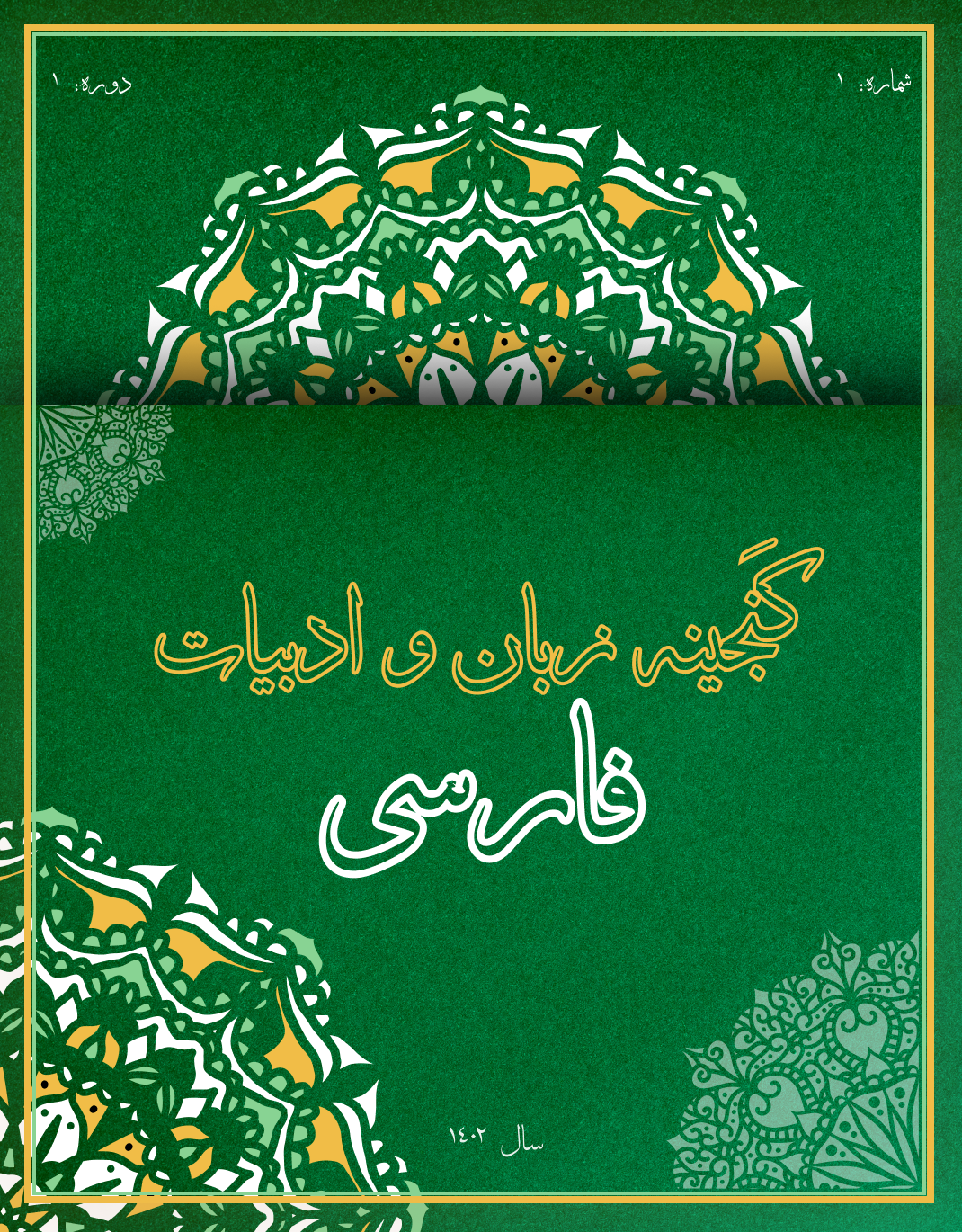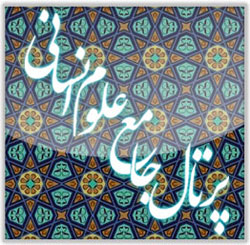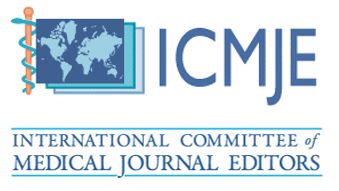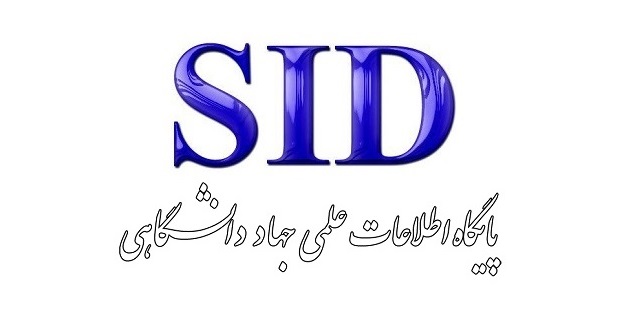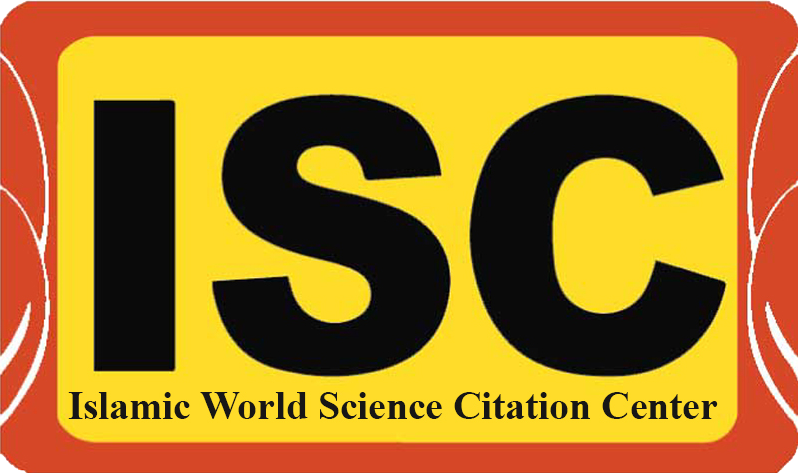تحلیل بینامتنیت در اشعار احمد شاملو: بررسی رابطهی میان شعر و متنهای تاریخی-سیاسی در بازنمایی مفاهیم اجتماعی
کلمات کلیدی:
بینامتنیت, احمد شاملو, شعر فارسی, ادبیات مقاومت, متون تاریخی و سیاسی, نقد اجتماعیچکیده
این مقاله به بررسی نقش بینامتنیت در اشعار احمد شاملو و ارتباط آن با متون تاریخی و سیاسی میپردازد. شاملو با بهرهگیری از بینامتنیت، به بازنمایی مفاهیم اجتماعی و سیاسی پرداخته و از شعر بهعنوان ابزاری برای بیان اعتراضات و نقدهای اجتماعی استفاده کرده است. در این پژوهش، پس از معرفی چارچوب نظری بینامتنیت و نظریات ژرار ژنت، نمونههایی از اشعار شاملو که بهطور مستقیم یا غیرمستقیم با وقایع تاریخی و اجتماعی پیوند دارند، مورد تحلیل قرار گرفته است. نتایج این پژوهش نشان میدهد که شاملو از طریق استفاده از پیوندهای بینامتنی، به اشعار خود لایههای معنایی و تاریخی عمیقی افزوده است که به فهم بهتر پیامهای اجتماعی و فرهنگی او کمک میکند. اشعار شاملو با استفاده از بینامتنیت، به متونی چندلایه تبدیل شدهاند که نهتنها بهعنوان اثری ادبی بلکه بهعنوان سندی تاریخی و اجتماعی قابل بررسی هستند. این پژوهش با ارائه تحلیلهای عمیقتر از بینامتنیت در اشعار شاملو، اهمیت این رویکرد در نقد ادبیات فارسی معاصر را نشان میدهد و به درک تأثیرگذاری این اشعار در بازنمایی و نقد واقعیتهای اجتماعی زمانه کمک میکند. دستاوردهای این تحقیق میتواند به پژوهشهای آینده در حوزه بینامتنیت در ادبیات فارسی کمک کرده و به گسترش مطالعات میانرشتهای در زمینه تاریخ، ادبیات و علوم اجتماعی منجر شود.
